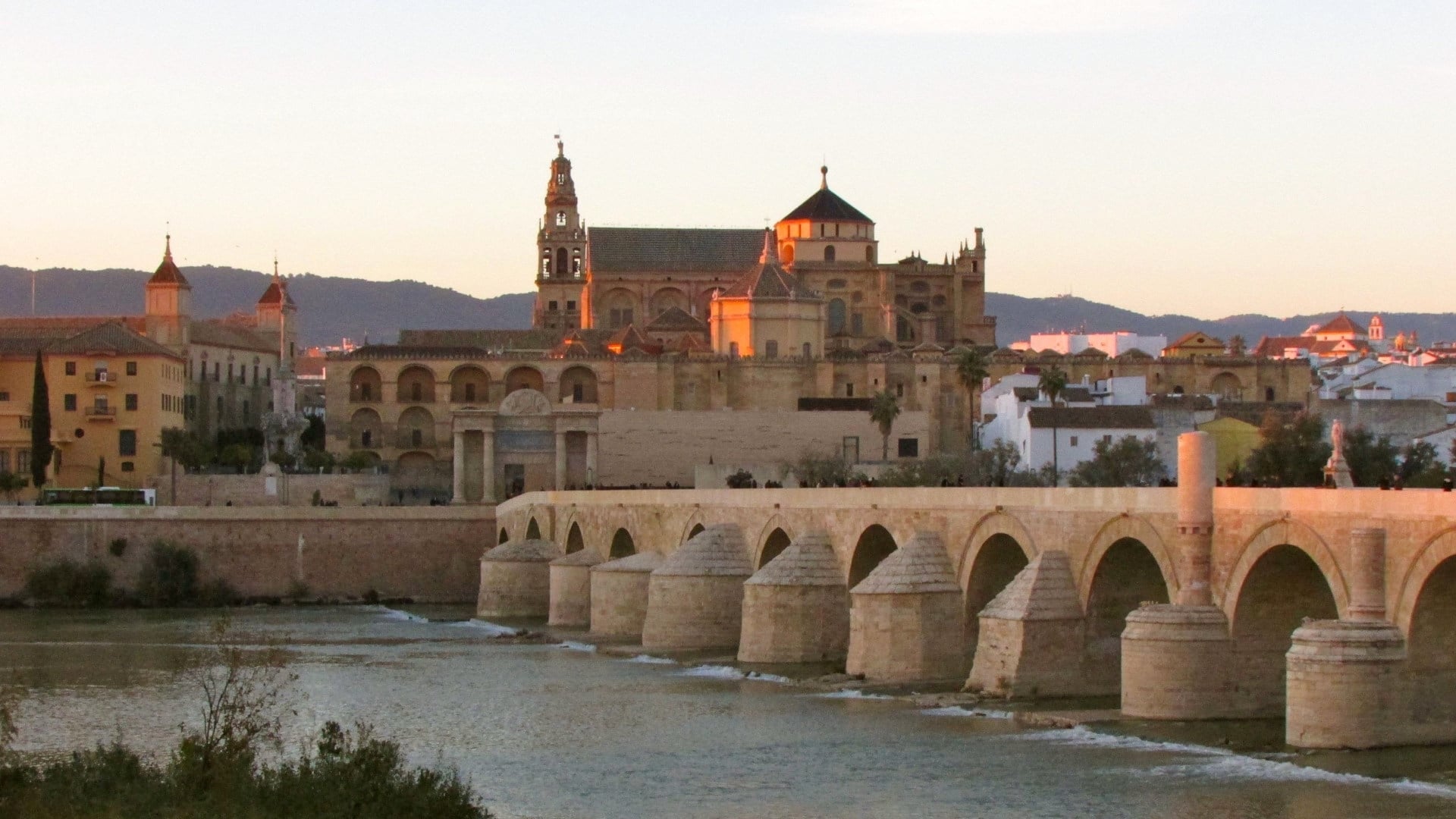
Pyhä
Watch Movie
Share
Cast & Crew
5 members
Acting
Maryan Abdulkarim
Herself
No Image
Acting
Tarja Halonen
Herself
No Image
Acting
Heidi Hovi
Herself
No Image
Acting
Leslie Hyde
Himself
No Image
Acting
Agrafjona Makarovna Kalina
Herself
No Image

Herself
Herself
Herself
Himself
Herself